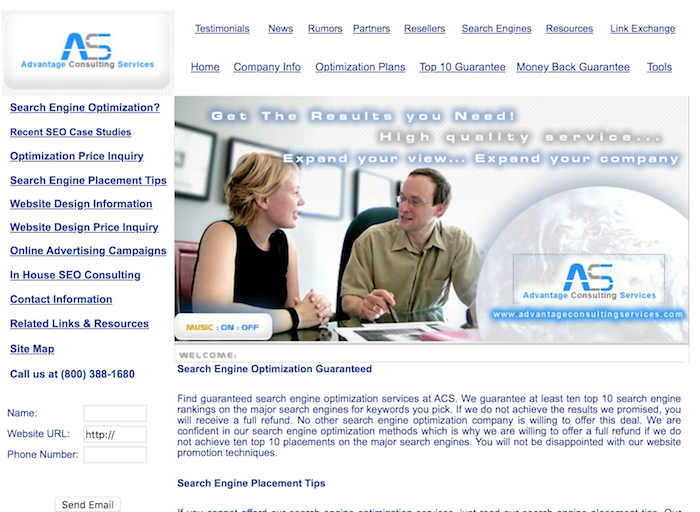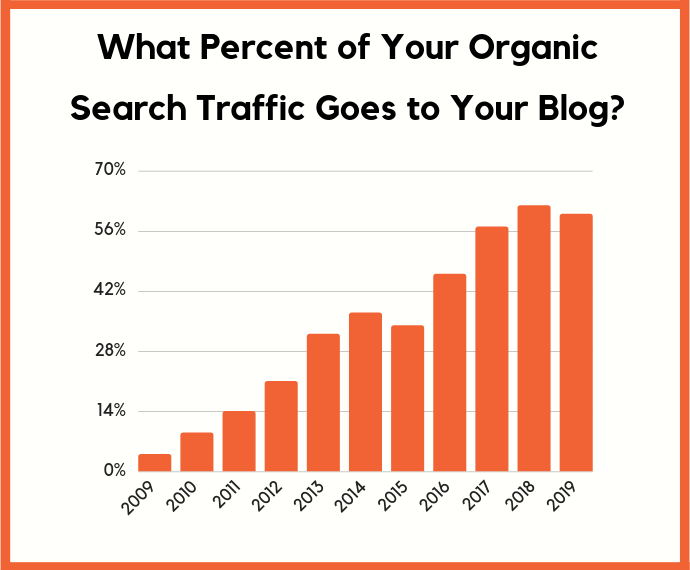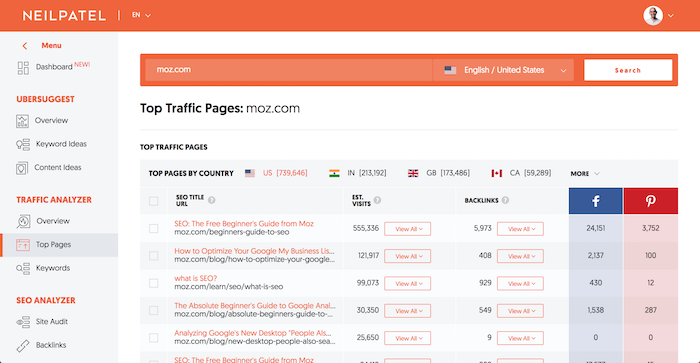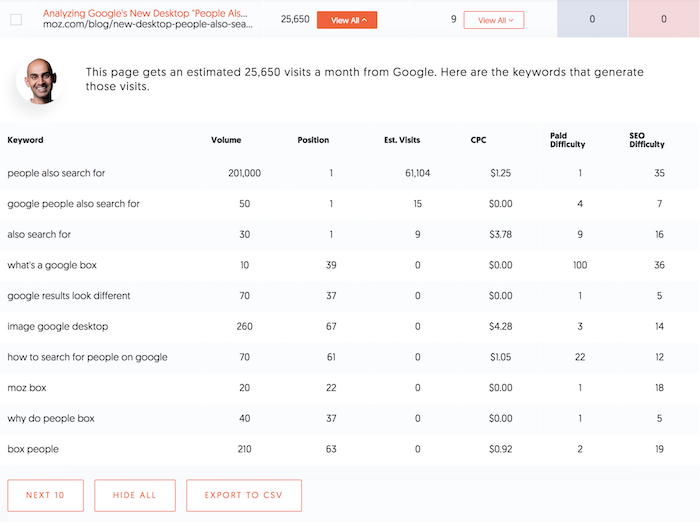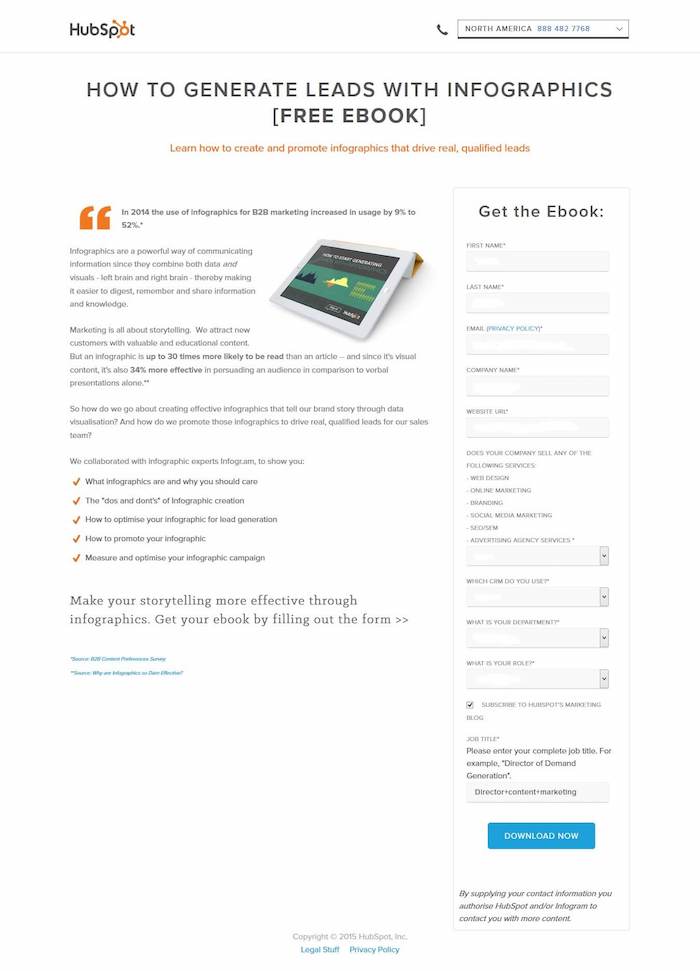
Believe it or not, I’ve been working on Ubersuggest for almost 3 years now.
I bought it on February 13, 2017, for $120,000 dollars as a test to see if I could get more traffic from a tool than traditional content marketing or SEO.
Since then the tool has come a long way, in which I’ve added tons of features that competitors charge $100 a month or even more for.
But I’ve finally got Ubersuggest to a point where I can start releasing features that my competition don’t even have.
So before, you head on over to Ubersuggest to work on your SEO, make sure you read everything below because I’ve just changed up how you are going do keyword research (in a good way).
On top of that, I’ve also released a few other features as well related to link data and traffic estimations.
Here’s what’s new:
More keyword data
The biggest problem I had with keyword research was how to find the right keyword.
Sure, there are metrics like CPC data, SEO difficulty, or even search volume, but assuming you find keywords with a high CPC, low SEO difficulty, and high search volume, it still doesn’t mean it is a good keyword to go after.
And there are a few reasons why…
- Mobile searches aren’t worth as much – first off, if the keyword mainly gets searched from on mobile devices the conversion rate will be lower. It doesn’t mean mobile traffic is useless, it just typically means the keyword won’t be as valuable.
- High search volume doesn’t guarantee lots of organic clicks – what happens if the keyword gets a ton of searches but no clicks? This sounds crazy, but it actually happens a lot. For example, when people search for “weather” in the United States, roughly 60% of the people don’t click any results.
- Not all searchers are worth the same – some keywords get searched heavily by teenagers. Some keywords get searched heavily by people who are in their 30s or 40s. If the majority of the searches for a given keyword happen by a really young audience, chances are they won’t have a credit card and they won’t convert into a customer.
Because of all of this, I decided to change how the industry does keyword research.
Now when you type in a keyword like “marketing” into Ubersuggest, you’ll see this:

If you have been using Ubersuggest for the last year or so you may notice some differences… but if you haven’t let me break down what’s new.
First off, for any given keyword you will see what percentage of the searches are taking place from mobile devices or desktop devices.
For example, with the term “marketing” you can see that the majority of the searches are coming from desktop devices.
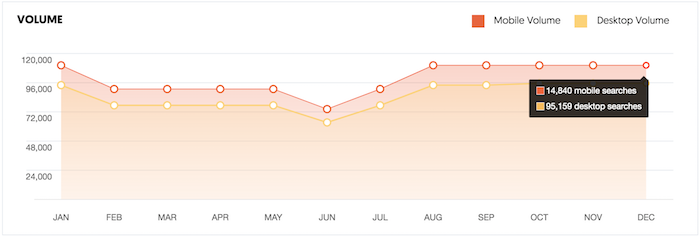
On the flip side, if you use Ubersuggest to look at the term “weather” you’ll notice that the majority of the searches happen on mobile devices.
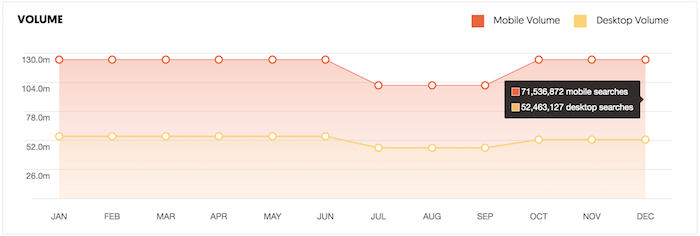
And with any given keyword you can also see what percentage of the people even click on the SEO or paid results.

I love this bar chart because it tells me if I should even go after a specific keyword. Just because a term has tons of searches doesn’t mean you are going to get tons of clicks, even if you rank at the number 1 spot.
If you leverage paid ads, this bar chart is also helpful because it will give you a sense of how many people click on the paid ads as well.
Another chart that I’ve added is one that breaks down the age range of each searcher.

As you can see from the above image, Ubersuggest now shows what percentage of the searches take place between each age range.
This is really important if you know the persona of your ideal customer, as you only want to target keywords that your ideal buyer is searching for.
What’s also cool is this data is available for all countries within Ubersuggest and for almost all of the keywords within our database.
Now before you head off to Ubersuggest and test it out, there are a few more features that I’ve just released.
More backlink data
Over the last few months, I’ve gotten feedback that our link database isn’t as big as you would like, so we have been working on fixing this.
First off, whenever you do a backlink search in Ubersuggest, you’ll start seeing stats on historical backlink data.
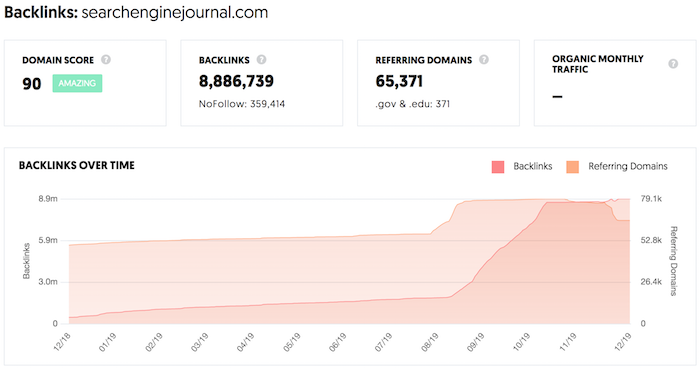
This chart will quickly show you if a site is growing in backlink and referring domain count over time or if they are declining.
On top of that, we are even showing the daily new and lost link count for a given site.

I know the new and lost link count chart looks a bit off, but keep in mind we started having Ubersuggest crawl more pages around the web faster and more frequently. Hence you are seeing a big spike in new and lost links.
But over the next 4 weeks, it should normalize, and you’ll see an accurate representation of new and lost links.
This will help you identify new link opportunities more easily. Especially because you can now clearly see where your competitors are focusing their link building efforts.
Better traffic estimations
Lastly in Ubersuggest, you can also enter in a URL and get data on any given domain.
From its estimated monthly search traffic to the number of keywords a domain ranks for to even its top pages based on link and traffic count.
We haven’t fully finished creating our new algorithm when it comes to traffic estimations, but the chart you’ll see now is much more accurate than the older one.
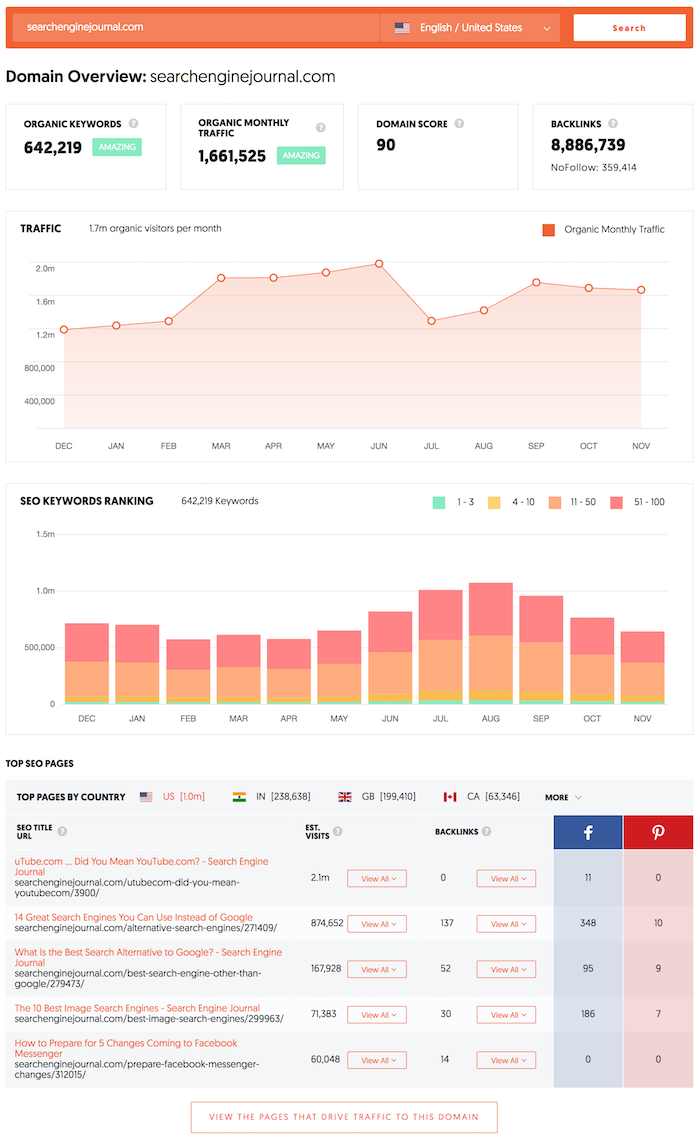
Even though this is a big improvement from our older charts, give it another 3 months and it should be extremely accurate.
When you are using the traffic analyzer report in Ubersuggest, keep in mind that this will give you a directional guide on how you are doing versus your competition.
Conclusion
I hope you enjoy the new changes to Ubersuggest.
I’ve made them in order to give you a leg up on your competition as the data in the tool is now something that most of you have never seen before.
And over the next two months, you’ll see some big launches in Ubersuggest. From a chrome extension to even more accurate traffic estimations to even an Alert system that will notify you when things are wrong with your site.
So, go to Ubersuggest and try out the new keyword features as well as traffic estimation and backlink features.
What do you think about the new features?
The post Ubersuggest 7.0: The Ultimate Keyword Research Tool appeared first on Neil Patel.

